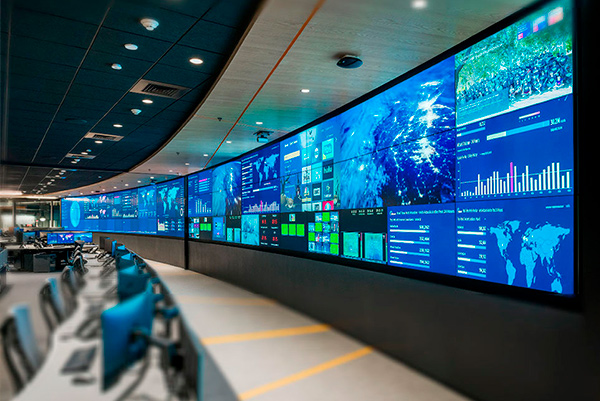The first step in ensuring color accuracy is comprehending how LED systems works. LEDs, or light-emitting diodes, produce light in various colors by mixing red, green, and blue (RGB) light. Each dot on an LED screen consists of these three hues. When tuned correctly, the combination of RGB can create a wide range of colors. However, if one color is too intense or too dim, it can throw off the entire display. This is why calibration is needed to equalize the hues and reach the intended graphic effect.
Calibration involves modifying the configurations of the LED screen to ensure that the hues displayed match the initial material as closely as feasible. This process typically involves using specialized software and hardware tools. Technicians frequently use color measurement devices, such as spectrophotometers, to analyze the colors being displayed. By contrasting the measured hues to benchmark color values, they can make precise modifications. This ensures that the hues are not only lively but also uniform across the entire display.
Another crucial factor of color precision is understanding the surroundings in which the LED wall is used. Elements such as surrounding light can significantly affect how hues appear. For example, a well-lit lit room may fade hues, making them look less vibrant. To mitigate this, technicians may adjust the luminosity and contrast configurations of the LED wall. Additionally, they may select particular color profiles that are more suited for various lighting environments. This flexibility helps maintain color accuracy irrespective of the viewing surroundings.

Finally, routine maintenance and recalibration are essential for maintaining an LED screen looking its best. Over time, the performance of LEDs can alter due to elements like aging and heat fluctuations. Frequent checks and adjustments can help guarantee that the hues remain correct and vibrant. By investing time in appropriate tuning and maintenance, venues can provide viewers with breathtaking look at here visual displays that improve their overall experience. Perfecting color accuracy in LED wall tuning is not just a technical task; it is an art that contributes to the wonder of graphic storytelling.